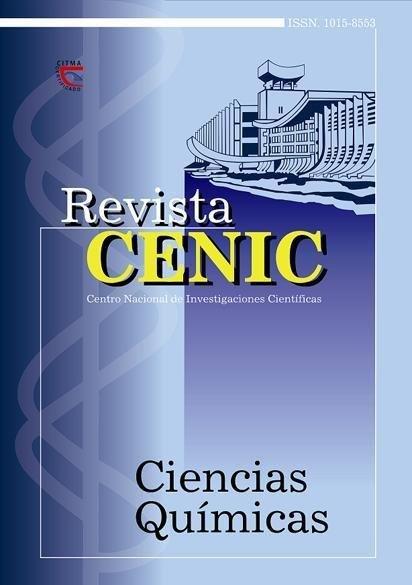Electrochemical behavior of the commercial Ni-Cr-based alloy Wiron 99 in 0 .05 mol/L sulphuric media
Abstract
During the last two decades, Ni-Cr-based alloys have become frequently used in dental applications as an alternative to alloys based on noble metals, because their mechanical properties are best and the intrinsic cost is negligible compared to the traditional gold-based materials. The biocompatibility of metallic materials is closely related to their corrosion behavior. Corrosion and surface film dissolution are two mechanism to introduce additional ions into the human body. For this reason in this work, the corrosion behavior of five samples the commercial Ni-Cr-based alloy Wiron 99 in 0,05 moVL H2S04 solution have been studied by means of open circuit potential time measurements, potentiodynamic polarization curves, chemical analysis of the solutions after exposure and SEM studies. A special mini-cell was used for open circuit potential (Eo,) and polarization resistance (Rp) determination. Potentiodynamic polarization curves were made in order to calcula te the polarization resistance 20 m V around open circuit potential in the cathodic and anodic region. After ali samples were individually immersed in 0,05 moVL H2S04 solution for severa! days, micrographs of the surface were made and the concentration of Ni was determined by atomic absorption analysis. The Eoc values showed that evidently there exist two behaviors (named F- and G-behavior). This result suggests a complex dissolution process for G-behavior samples, where the Eoc values fast move with time and therefor the dissolution rate changes fast with time. However, the F-behavior samples showed a more stable dissolution rate, because the Eoc values slowly move with time.

Downloads
Published
How to Cite
Issue
Section
License
Copyright (c) 2000 Copyright (c) 2000 Revista CENIC Ciencias Químicas.

This work is licensed under a Creative Commons Attribution-NonCommercial-ShareAlike 4.0 International License.
Los autores que publican en esta revista están de acuerdo con los siguientes términos:
Los autores conservan los derechos de autor y garantizan a la revista el derecho de ser la primera publicación del trabajo al igual que licenciado bajo una Creative Commons Atribución-NoComercial-CompartirIgual 4.0 que permite a otros compartir el trabajo con un reconocimiento de la autoría del trabajo y la publicación inicial en esta revista.
Los autores pueden establecer por separado acuerdos adicionales para la distribución no exclusiva de la versión de la obra publicada en la revista (por ejemplo, situarlo en un repositorio institucional o publicarlo en un libro), con un reconocimiento de su publicación inicial en esta revista.
Se permite y se anima a los autores a difundir sus trabajos electrónicamente (por ejemplo, en repositorios institucionales o en su propio sitio web) antes y durante el proceso de envío, ya que puede dar lugar a intercambios productivos, así como a una citación más temprana y mayor de los trabajos publicados (Véase The Effect of Open Access) (en inglés).













